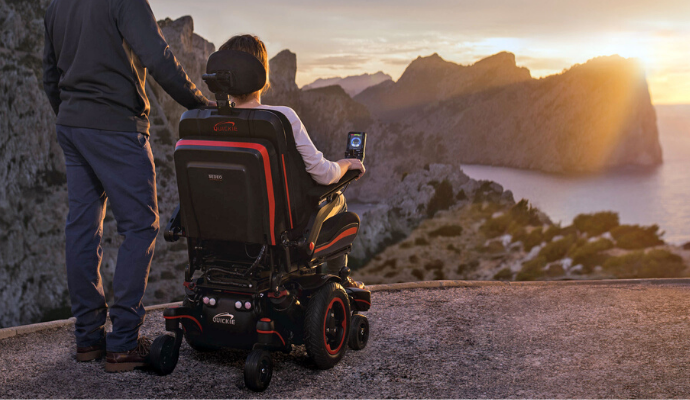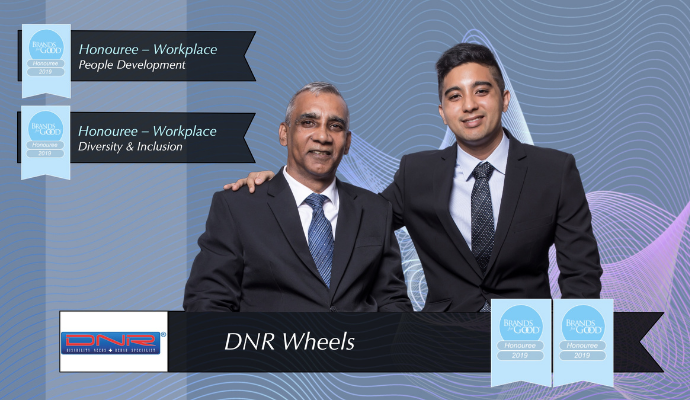1. Seat Width

Measure hip width to select the correct seat width. When sitting on the wheelchair, try to put fingers at both sides of the hip. If there is room for the user to put their fingers, the seat width is suitable for the user.
Note:
If the wheelchair is too narrow, it will cause a circulation problem or skin breakdown.
If the wheelchair is too wide, it is hard for the user to wheel the chair. Besides, it will affect the posture of the user because the user tends to lean to one side of the wheelchair for support.
2. Seat Depth
The ideal seat depth should be two fingers shorter than the user's upper leg length.
3. Back Height
The back height should be depending on the purpose and the period of time the user sitting in the wheelchair.
If a lot of time the user will be sitting in the wheelchair, consider getting a higher back that goes over the shoulder blades in order to provide more support for the user.
If the user is active and does a lot of wheeling of the chair, seek for a lower back because it will be easier for the user to move their arms to wheel the chair.
4. Seat to Floor Height
The ideal sitting position should be 90-90-90. 90° bend in the hips, 90° bend in the knees and 90° bend in the ankle. The upper legs should be parallel to the ground; the knees should not be elevated or dip below the hips.
If the seat to floor height is too low, consider adding a cushion to increase the height of the wheelchair.
5. Armrest Length
Desk length arms are shorter allowing the user to pull up close to a desk or table.
Full-length arms are longer. It might not fit under the table but it provides good leverage for the user who had trouble getting out of the chair.
6. Tyre
Solid PU tyres wheel better on hard surfaces. Another advantage is it requires low maintenance, the user no need to worry the tyre will go flat.
Pneumatic tyres assist with the level of comfort because the air inside the tyre provides absorption of impact thus reducing bumps and jarring caused by uneven surfaces.
7. Types of Wheelchair
Standard wheelchair - armrests and footrests are fixed on the wheelchair, not able to detach or take out.
Lightweight detachable wheelchair - Armrests and footrests are both detachable for easy side transfer. The user can easily transfer from bed to wheelchair, wheelchair to car, etc.
Besides, this type of wheelchair is lightweight and foldable, makes it easier to lift and put into the car boot. 
Tilt & recline wheelchair - This type of wheelchair usually suitable for users with muscular dystrophy or spinal cord injuries.

Transport chair - The design is compact, lightweight, foldable and portable for travel. It is ideal to use on a hard floor surface like shopping mall, hawker center, etc. It comes with small rear wheels. Thus, someone must be pushing the user. 
Active sports wheelchair - Suitable for the user with an active lifestyle. Customize wheelchair based on customer's requirements.





